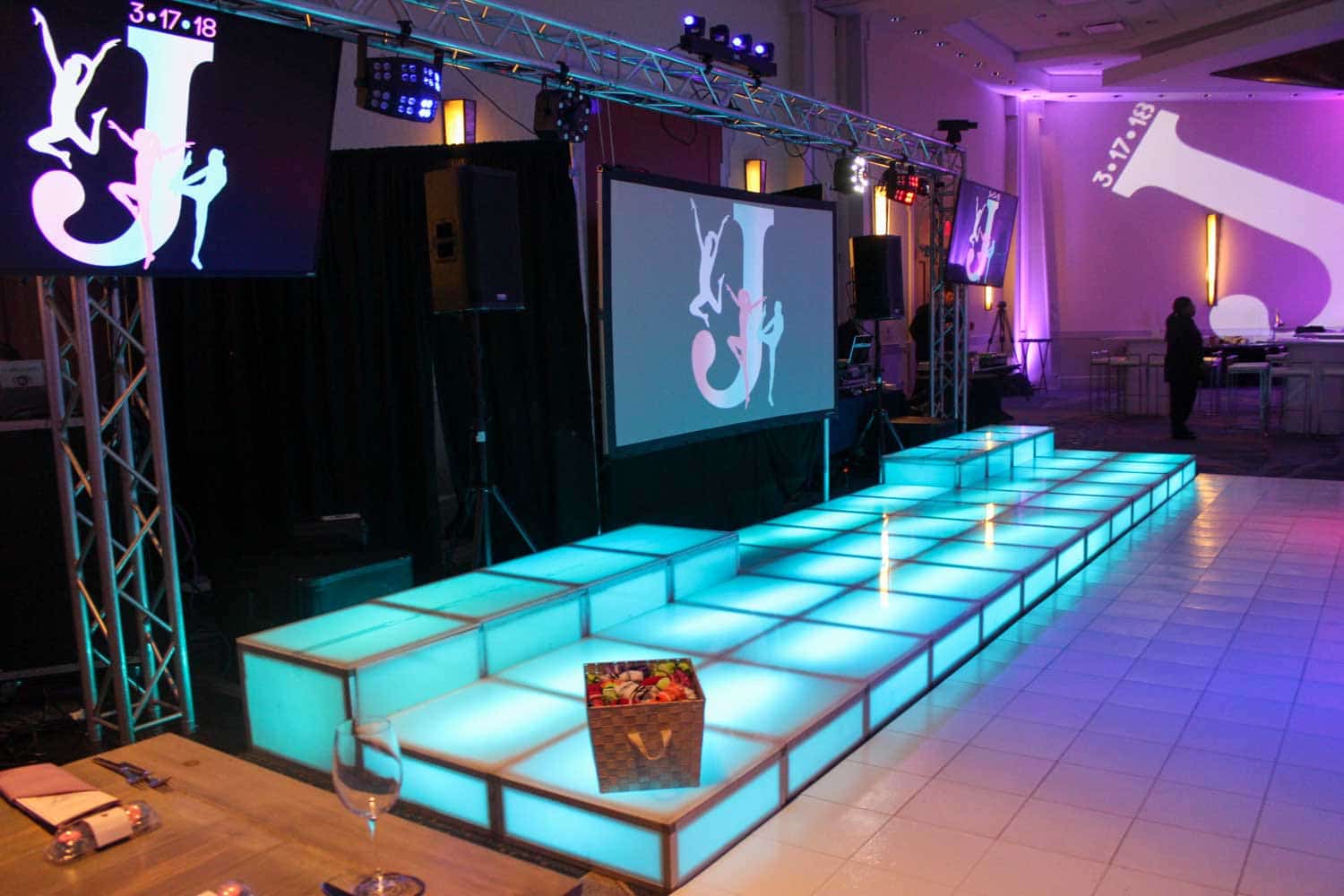Examining the Wide-ranging Connectivity Solutions Offered for LED Wall Modules
Examining the Wide-ranging Connectivity Solutions Offered for LED Wall Modules
Blog Article
Light Emitting Diode wall panels have secured popularity for their ability to deliver high-quality visuals in various settings, from corporate environments to entertainment venues. One of the primary aspects of these panels is their connectivity options, which allow users to connect them to different devices and systems. Understanding the diverse connectivity options available for LED wall panels is essential for maximizing their use and effectiveness. This article details these features, highlighting how they can adapt to specific needs and preferences.
One common interface method for Light Emitting Diode wall panels is HDMI. High-Definition Multimedia Interface is broadly recognized for transmitting crisp video and audio signals between devices. This interface type is especially beneficial in business settings, such as meeting spaces or training rooms, where presentations or video content are often shared. By using digital connectors, operators can easily link laptops, projectors, and streaming equipment to LED wall panels, ensuring a sharp and dynamic display of information.
Another popular interface method is DisplayPort, which is similar to HDMI but offers additional benefits. Display Port can support higher refresh rates and resolutions, making it an ideal choice for interactive media or design-heavy applications. For those using LED wall panels in environments where output quality is critical, such as competitive gaming venues or creative workspaces, DisplayPort can provide the necessary visual clarity. Moreover, many modern computers and graphics cards include DisplayPort connections, making it a convenient option for technology-oriented professionals.
In contrast to HDMI and DisplayPort, wireless connectivity methods are becoming Continued progressively prevalent in LED wall panel solutions. Cable-free interfaces allow users to share content without the requirement for physical cables, promoting a cleaner and more adaptable setup. Technologies such as Wi-Fi and short-range communication allow users to link smartphones, tablets, and laptops directly to LED wall panels without cumbersome wires. This convenience is particularly beneficial in dynamic environments like trade shows or live functions, where rapid adjustments to displays are often required.
For extensive installations or more complex setups, network connectivity through Ethernet is another reliable option. Ethernet connections provide a stable and robust way to integrate multiple Light Emitting Diode wall panels within a system. This approach is suitable for digital signage applications found in shopping malls or airports, where numerous panels may need to display synchronized content across a broad area. By using network cabling and network switches, users can guarantee that all linked panels receive uniform data and content efficiently.
Finally, it's crucial to evaluate the evolution of interface technology with technologies such as USB-C and Thunderbolt 3. These newer connection types offer enhanced data find more info transfer rates and flexibility by allowing one connector to handle both energy transfer and data exchange. As more devices adopt these standards, Light Emitting Diode wall panels equipped with Type-C ports will likely become more prevalent. This shift in integration not only improves the capabilities of Luminescent Diode wall panels but also coincides with the emerging trend of minimalistic design in hardware arrangements by minimizing the number of wires required.
In summary, examining the broad interface methods accessible for Light Emitting Diode wall panels uncovers many opportunities for operators across multiple fields. From conventional approaches like High-Definition Multimedia Interface and Display Port to contemporary cordless technologies and network connections, each option serves unique purposes tailored to specific needs. Furthermore, next-gen technologies like Universal Serial Bus-C offer further advancements in how professionals utilize Luminescent Diode wall panels. By grasping these integration alternatives, individuals can make informed decisions that enhance their overall experience with these multifunctional visual solutions.